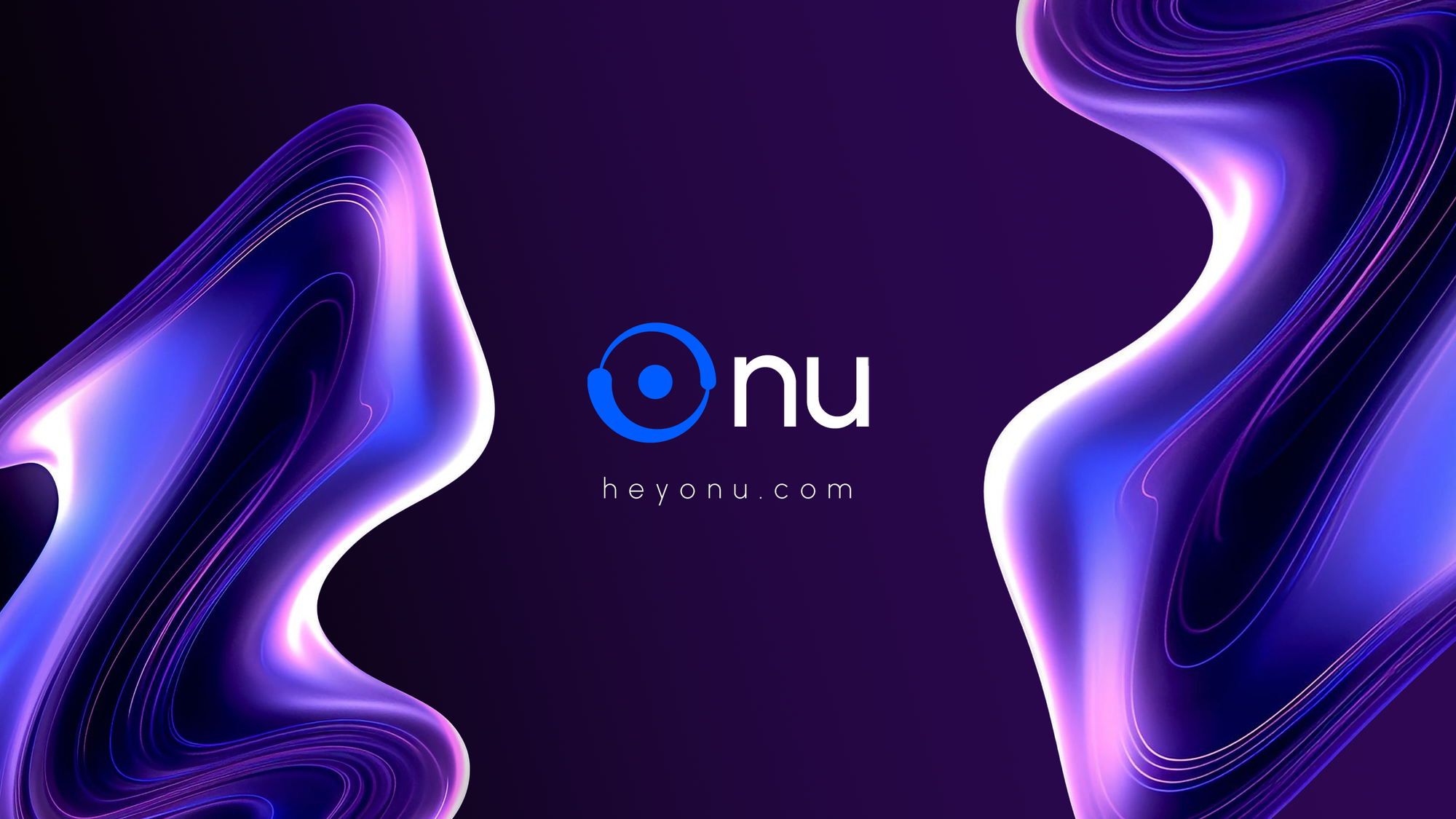How to Set Up Quarterly Tax Payments in Minutes

How to Set Up Quarterly Tax Payments in Minutes
Simplify quarterly tax payments as a freelancer or gig worker with a quick setup, powered by Onu’s AI reminders and estimates.
As a U.S. freelancer or gig worker, the IRS expects you to pay taxes throughout the year, not just in April. Quarterly estimated tax payments are required if you owe $1,000 or more annually, and missing them can lead to penalties and stress. Fortunately, setting up a system to pay quarterly taxes is quick and straightforward with tools like IRS Direct Pay, EFTPS, or a bank autopay workflow. This guide provides a step-by-step plan to get started in minutes, ensuring you stay penalty-free and financially organized.
With Onu’s AI-powered insights, you’ll get accurate tax estimates, timely reminders, and confirmation tracking, all without moving your money. Let’s dive in!
Simplify quarterly taxes with Onu. Get reminders and estimates.
Try OnuWhy Quarterly Taxes Matter for Freelancers
Unlike employees with taxes withheld from paychecks, freelancers and gig workers must proactively manage their tax payments. Quarterly estimated taxes cover federal income tax, self-employment tax (15.3% for Social Security and Medicare), and state taxes. Failing to pay on time can result in penalties (up to 5% per month) and interest charges. A streamlined system ensures compliance and reduces stress.
Key benefits:
- Avoid IRS penalties and interest charges.
- Maintain financial stability with predictable payments.
- Simplify tax season with organized records.
- Earn interest on tax savings in a high-yield account.
Quarterly Due Dates (2025)
The IRS sets four quarterly tax deadlines each year:
- Q1: April 15, 2025
- Q2: June 16, 2025 (adjusted for weekend/holiday)
- Q3: September 15, 2025
- Q4: January 15, 2026
Note: If a deadline falls on a weekend or holiday, it shifts to the next business day. States may have similar schedules—check your state’s tax agency.
Example: If April 15 is a Saturday, the Q1 deadline moves to April 17, giving you extra time to pay.
Method 1: IRS Direct Pay (Fastest One-Off Payments)
Best for: Quick, no-signup payments directly from your bank account, ideal for last-minute or one-time payments.
IRS Direct Pay is a free, secure platform for making tax payments without creating an account.
How to do it:
- Visit IRS Direct Pay and select “Make a Payment.”
- Choose Estimated Tax as the Reason for Payment.
- Select 1040-ES (Estimated Tax for Individuals) for Apply Payment To.
- Pick the 2025 tax year.
- Enter your identity details (name, SSN, filing status).
- Input your bank routing and account numbers.
- Specify the payment amount (Onu can estimate this based on your income).
- Review and submit, saving the confirmation number/PDF for records.
Pros: No signup, immediate payment, no ACH fees.
Cons: No recurring autopay; requires manual setup each quarter.
Example: For a $3,000 quarterly payment, use Direct Pay on April 10 to ensure processing by April 15, saving the confirmation for your records.
Method 2: EFTPS (Set It Once, Reuse Every Quarter)
Best for: Scheduling payments in advance with a reusable login and detailed payment history.
EFTPS (Electronic Federal Tax Payment System) is the IRS’s official platform for recurring tax payments.
How to do it:
- Enroll at EFTPS.gov (expect a PIN by mail in 5–7 business days).
- Log in with your SSN, PIN, and password; add your bank account.
- Select Make a Payment, then Form 1040-ES and the 2025 tax year.
- Enter the amount and schedule the payment date (up to the deadline).
- Confirm and save the acknowledgment number.
- Schedule all four quarters in one session (e.g., April, June, September, January).
Pros: Advance scheduling, payment history, no ACH fees.
Cons: Initial enrollment delay due to mailed PIN; less intuitive interface.
Example: Schedule a $2,500 payment for September 15 on EFTPS in August, confirming it debits on time and saving the acknowledgment.
Schedule taxes effortlessly with Onu. Sync payment deadlines.
Get OnuMethod 3: Bank “Autopay” Workflow
Best for: Freelancers who prefer managing taxes within their bank’s platform, with careful execution.
Use your bank’s bill pay or recurring transfers to streamline tax savings, but ensure payments reach the IRS correctly.
How to do it:
- Bank Bill Pay (Mailed Check): Add U.S. Treasury as a payee with memo details (SSN, “2025 1040-ES,” phone number). Allow 5–7 days for mailing.
- Recurring Transfer (Self-Escrow): Set up a 25–30% transfer to a “Tax Savings” HYSA with each payment received, then pay via Direct Pay or EFTPS on deadlines.
Pros: Keeps tax funds separate; simplifies automation within your bank.
Cons: Mailed checks are slow; generic ACH transfers don’t credit properly without Direct Pay/EFTPS.
Example: Transfer $300 per $1,000 payment to a 4.35% HYSA, then use Direct Pay to send $3,000 on June 10, earning $39 interest quarterly.
How Much Should You Pay Each Quarter?
Calculating the right amount prevents underpayment penalties while avoiding overpaying.
How to do it:
- Safe Harbor Rule: Pay the lesser of 90% of your current-year tax or 100% of last year’s tax (110% if AGI exceeds certain thresholds).
- Rule of Thumb: Save 25–30% of net self-employment income (gross income minus deductions) for federal taxes, plus state taxes.
- Adjust quarterly based on year-to-date earnings and deductions.
Example: For $40,000 net income, estimate $12,000 in taxes (30%), paying $3,000/quarter. If Q1 earns $15,000, adjust Q2 based on actuals.
State Quarterlies: Don’t Skip This
Most states have quarterly tax requirements similar to the IRS, with their own deadlines and payment portals.
How to do it:
- Check your state’s tax agency website for deadlines and payment methods.
- Estimate state taxes (e.g., 5–10% of net income) and include in your 25–30% savings.
- Pay via state portals or mailed checks, mirroring federal processes.
Example: In California, a $40,000 net income incurs $3,600 in state taxes (9%), paid $900/quarter alongside federal payments.
Common Mistakes and Easy Fixes
Avoid these pitfalls to ensure smooth quarterly payments:
- Wrong Form/Year: Use Form 1040-ES for 2025 estimated taxes.
- Credit Card Payments: Avoid third-party processors’ 2–3% fees unless strategic (e.g., high rewards).
- Late Payments: Schedule ACH payments 2–3 business days early to meet cutoffs.
- No Proof: Save confirmation numbers/PDFs from Direct Pay or EFTPS.
- Forgetting State Taxes: Add state deadlines to your calendar with federal ones.
Example: Paying $3,000 by credit card with a 2.5% fee costs $75, vs. $0 via Direct Pay ACH, saving you money.
Stay penalty-free with Onu. Track federal and state taxes.
Get Onu90-Day Quick Start Plan
Get your quarterly tax system up and running in just 90 days:
- Day 1 (10 min): Open a “Tax Savings” HYSA and set a 25–30% auto-transfer for each payment received.
- Week 1 (15–20 min): Make your next IRS payment via Direct Pay and enroll in EFTPS for future scheduling.
- Next Payday (5 min): Check Onu’s updated tax projection and adjust your transfer if income changes.
- Two Weeks Pre-Deadline (3 min): Approve scheduled EFTPS payments or use Direct Pay for quick payments.
Example: Set up a $300/month transfer to a 4.35% HYSA, pay $3,000 via Direct Pay on April 10, and schedule Q2–Q4 on EFTPS in one session.
Real-Life Example
Meet Emma, a freelance designer earning $48,000/year ($4,000/month average). Here’s how she set up quarterly taxes:
- Day 1: Opened a 4.35% HYSA, transferring $1,200/month (30%) for taxes, earning $156/year interest.
- Week 1: Paid $3,600 for Q1 via Direct Pay, enrolled in EFTPS, and scheduled Q2–Q4 payments.
- Payday: Adjusted her $1,200 transfer after a $5,000 month, saving $1,500 for taxes.
- Pre-Deadline: Onu reminded her to approve $3,600 for Q2 on June 12, saving the confirmation.
- State Taxes: Paid $900/quarter to California via its portal, synced with federal deadlines.
- Mistakes: Avoided a $75 credit card fee by using Direct Pay and saved confirmations.
In 90 days, Emma had a fully automated tax system, saved $14,556 for taxes, and earned $156 in interest, avoiding penalties.
Final Thoughts
Setting up quarterly tax payments doesn’t have to be complicated. Using IRS Direct Pay, EFTPS, or a bank autopay workflow, you can stay penalty-free in minutes. By estimating payments, scheduling in advance, and managing state taxes, you’ll keep your finances organized and stress-free. Onu enhances this with AI-powered tax estimates, deadline reminders, and confirmation tracking, all without touching your money. Start today to make tax season a breeze.
Disclaimer: This guide is for educational purposes only and reflects common U.S. workflows. Tax laws change; consult the IRS or a qualified tax professional for advice specific to your situation.
Make quarterly taxes easy with Onu. Start your setup now.
Join Onu